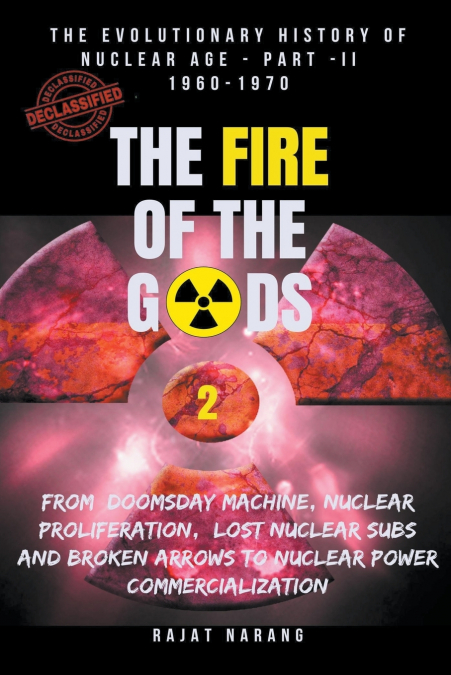
Rajat Narang
The Part-2 of this multi-part series opens at the heights of the tensions of the Cold War years, in form, of the diplomatic cacophony and chaos that followed the capture of Gary Powers, the U-2 pilot, during one of the U-2 overflights over Soviet Union which brought the U.S. manned aerial surveillance program in public domain followed by the nuclear flash point of the Cuba Missile Crisis of 1962. From the heights of Cold War tensions the action moves to the depths of the oceans and takes a deep dive into the loss of two U.S. nuclear-powered submarines to the ocean floor through the 1960s decade.The ban on atmospheric nuclear testing and expansion of the nuclear club, following the addition of France and China to it overtly, along with Israel’s covert ingress, come next on the radar followed by the Limited Test Ban Treaty of 1963 which saved the world from the atmospheric testing of nuclear weapons while also effectively limiting the scope of the nuclear arms race between the two superpowers from going towards very high-yield thermonuclear weapons. The commercialization of nuclear power and the seminal Nuclear Non-Proliferation Treaty (NPT) of 1968 were the other major highlights of the extraordinary decade of 1960-1970. Other highlights of the analysis include:-1. How American highhandedness during the 1956’s Suez Canal Crisis led to France’s decision to go nuclear?2. How the U.S. State Department’s nuclear threats to China during the Korean War made Mao Zedong determined to develop the Chinese atomic bomb?3. How Israel developed its nuclear weapons program with French assistance while fooling CIA?4. How CIA undertook a daring nuclear mission in the Himalayas in 1965 to spy on China’s nuclear weapons programs?5. CIA’s U-2 overflights of Chinese Nuclear Facilities using Taiwanese Air Force’s bases and pilots?6. How a pair of 3.8-megaton Broken Arrows brought America almost to the brink of an inadvertent thermonuclear detonation on its own soil in 1961?